"The main characteristic of Italian cooking," according to the Italian Tourist Board website, "is its healthy balance, the excellent basic ingredients being simply cooked and retaining their original goodness and freshness. Simple and yet with such a variety of flavours and rich inventiveness in preparation, that even the most demanding gourmet is delighted."
Traditional Italy Foods
Well, I can go along with that. In Italy, food preparation is an art form, and the way it’s eaten a crucial part of culture.
As you’ll see, the different regions each make a unique contribution to Italian cuisine, although nowadays you’ll find many renowned regional dishes have been exported to other areas of Italy. But first, some basics:
Eating the Italian Way:
Prima Colazione (breakfast) is quite different from American or English.
It’s usually light: cappuccino (coffee and milk) and a brioche (sweet pastry), or simply espresso (black, short and strong coffee).
Pranzo (lunch) is the big meal except in the industrialized cities.
It consists of antipasti (starter) a primo piatto (pasta, risotto, polenta, gnocchi or soup), a secondo piatto (seafood, meat, poultry, game, omelets or other cooked cheese or vegetable dishes) with contorno (vegetable or salad, often eaten afterwards), then maybe formaggio (cheese), frutta (fresh fruit), dolce (dessert).
Finish with caffè (espresso, naturally) and a digestivo (a strong digestive liqueur), like grappa, amaro or sambuca.
Cena (dinner) is similar to lunch. Nowadays there is a tendency to have a light lunch, with dinner becoming the major meal.
Gelato (ice-cream) has hundreds of different flavours and can be enjoyed at anytime of the day as well as the granita (crushed ice with flavoured syrup).
Where to eat?
Ristorante: There are thousands of ristoranti (restaurants): the most formal type of place to eat when one is not in a hurry, sometimes a little fancy and pricey and family-run; it should really be a fully-fledged restaurant providing complete menus (fixed price or à la carte) cooked by a professional kitchen staff and served by waiters, including a sommelier, experienced with foods and wines. But often it is not…
Trattoria: less formal than a ristorante, where local specialties are served; a neighborhood, small town or rural eating house, often family run, serving local foods and wines. Daily menus are often hand written or chalked on a blackboard or simply recited.
 Osteria: used to be a modest wine house, often serving simple foods-like the similarly small and friendly taverna or locanda. These days the term Osteria (or hostaria), although harking back to simple unpretentiousness, is just as likely to refer to a trendy winebar serving food and (like locanda, taverna or trattoria) may apply to a quite sophisticated eating place.
Osteria: used to be a modest wine house, often serving simple foods-like the similarly small and friendly taverna or locanda. These days the term Osteria (or hostaria), although harking back to simple unpretentiousness, is just as likely to refer to a trendy winebar serving food and (like locanda, taverna or trattoria) may apply to a quite sophisticated eating place.
Panineria, paninoteca : a sandwich bar, where a quick meal can be had at any time of the day;
Pizzeria: is not only for pizza lovers! Its specialty is baked by a pizzaiolo in a wood-fired oven to be eaten on the premises or taken out. No longer confined to pizza, it often provides other dishes, usually at lower prices than a ristorante.
Traditional Italy Foods: Famous Italian Dishes
The Mothers of All: Pasta & Pizza – but what and where to eat?
One should not miss out on feasting on pasta and pizza, the two iconic traditional Italian dishes during their vacation.
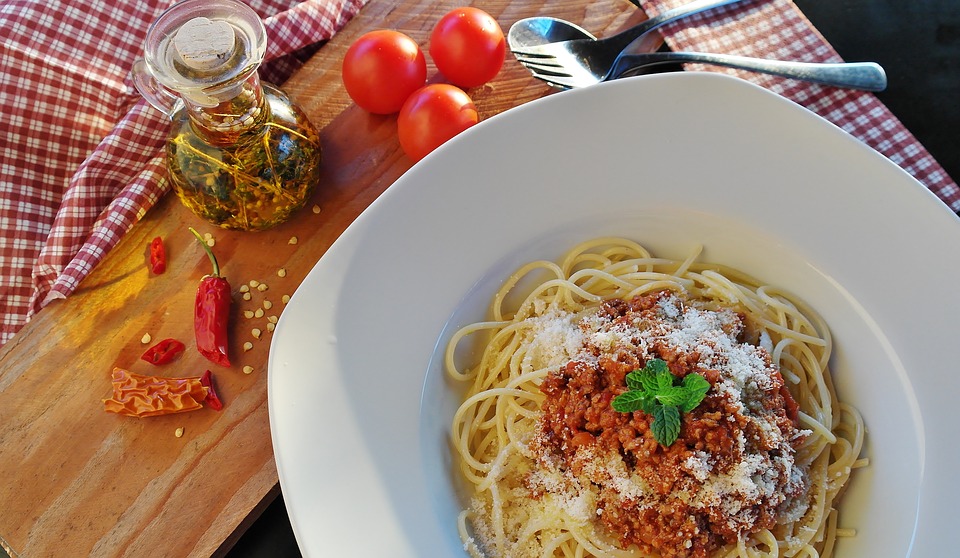 Pasta types vary significantly depending where you go in Italy. Be sure to try the regional specialties in the cities that you are visiting. If you are exploring beautiful Rome, order a serving of the pasta alla carbonara, prepared with ingredients such as eggs, Pecorino cheese, guanciale (a type of Italian cured meat made from pork cheeks) and black pepper.
Pasta types vary significantly depending where you go in Italy. Be sure to try the regional specialties in the cities that you are visiting. If you are exploring beautiful Rome, order a serving of the pasta alla carbonara, prepared with ingredients such as eggs, Pecorino cheese, guanciale (a type of Italian cured meat made from pork cheeks) and black pepper.
If you happen to book the famous Roman home-chef Alessandro’s A truly Roman feast overlooking the Vatican City, make sure to ask for Spaghetti alla Carbonara (with eggs, bacon, cheese, pepper and chili pepper) or Spaghetti alla Gricia (with bacon, cheese, pepper and chili pepper).
When it comes to pizza, the first type that comes to mind is Margherita. Originating from Naples, the pizza margherita is a simple but tasty dish. Order this popular item from the local pizzeria, and you can expect to be served with a crispy, thin-crust pizza topped with olive oil, garlic, basil, tomatoes, mozzarella and Parmesan cheese.
Arancini
Crisp and golden brown, arancini refers to a dish of stuffed rice balls. The rice balls are fried after being coated in a dusting of crunchy breadcrumbs.
 These rice balls are usually filled with ragù, tomato sauce, mozzarella and peas. Similar to pasta and pizza dishes in Italy, there are a diversity of regional variations of the arancini. The regional specialties are made with different fillings and shapes depending on the location that the dish is prepared in.
These rice balls are usually filled with ragù, tomato sauce, mozzarella and peas. Similar to pasta and pizza dishes in Italy, there are a diversity of regional variations of the arancini. The regional specialties are made with different fillings and shapes depending on the location that the dish is prepared in.
Some examples include the arancini con ragù (containing tomato sauce, rice and mozzarella), arancini con burro (made with creamy béchamel sauce), arancini con funghi and arancini con melanzane.
Why not try this classic Italian dish with local hosts Antonella and Paola if you happen to be in Rome during your trip to Italy?
Lasagne
 Believed to have originated from the city of Naples, this well-loved and yet another classic Italian dish is made by baking sheets of lasagne pasta layered with cheese, ground meat, vegetables and different varieties of sauces, such as the ragù, bechamel or tomato sauce. This dish should definitely not be missed out on if you want to have a taste of true Italian cuisine.
Believed to have originated from the city of Naples, this well-loved and yet another classic Italian dish is made by baking sheets of lasagne pasta layered with cheese, ground meat, vegetables and different varieties of sauces, such as the ragù, bechamel or tomato sauce. This dish should definitely not be missed out on if you want to have a taste of true Italian cuisine.
Osso buco alla Milanese
Meat lovers will rejoice at the thought of tucking into the osso buco alla Milanese!
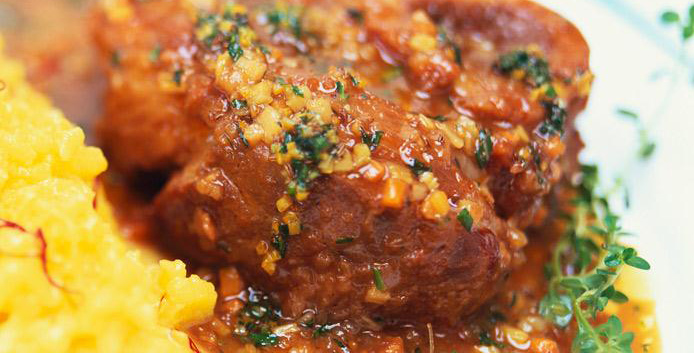 Tender veal shanks, braised slowly in white wine, is served with an array of vegetables. A serving of aromatic gremolata, a condiment made with lemon zest, garlic and parsley, is added to complete the dish.
Tender veal shanks, braised slowly in white wine, is served with an array of vegetables. A serving of aromatic gremolata, a condiment made with lemon zest, garlic and parsley, is added to complete the dish.
The meal does not end when you have finished the meat and vegetables, for the best part of the dish lies in scooping out and savouring the creamy marrow from the bones of the veal.
Prosciutto
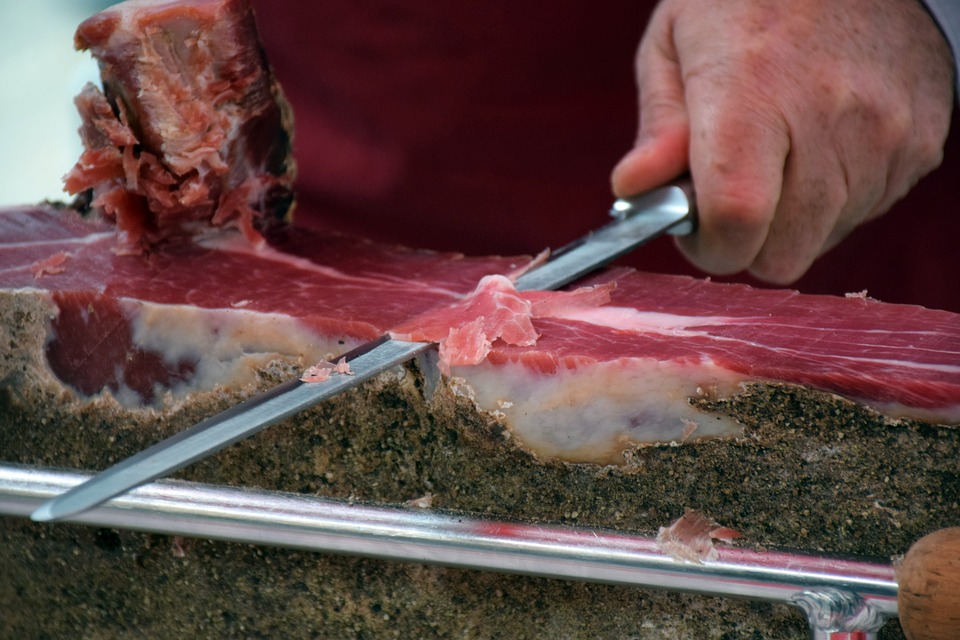 An Italian favourite, prosciutto refers to dry-cured ham, served uncooked and cut in thin slices. The finest and priciest prosciutto originates from the central and northern regions of Italy.
An Italian favourite, prosciutto refers to dry-cured ham, served uncooked and cut in thin slices. The finest and priciest prosciutto originates from the central and northern regions of Italy.
Light, savoury and airy, the cured meat is usually served with pasta, or wrapped around slices of cheese or sweet melons.
Ribollita
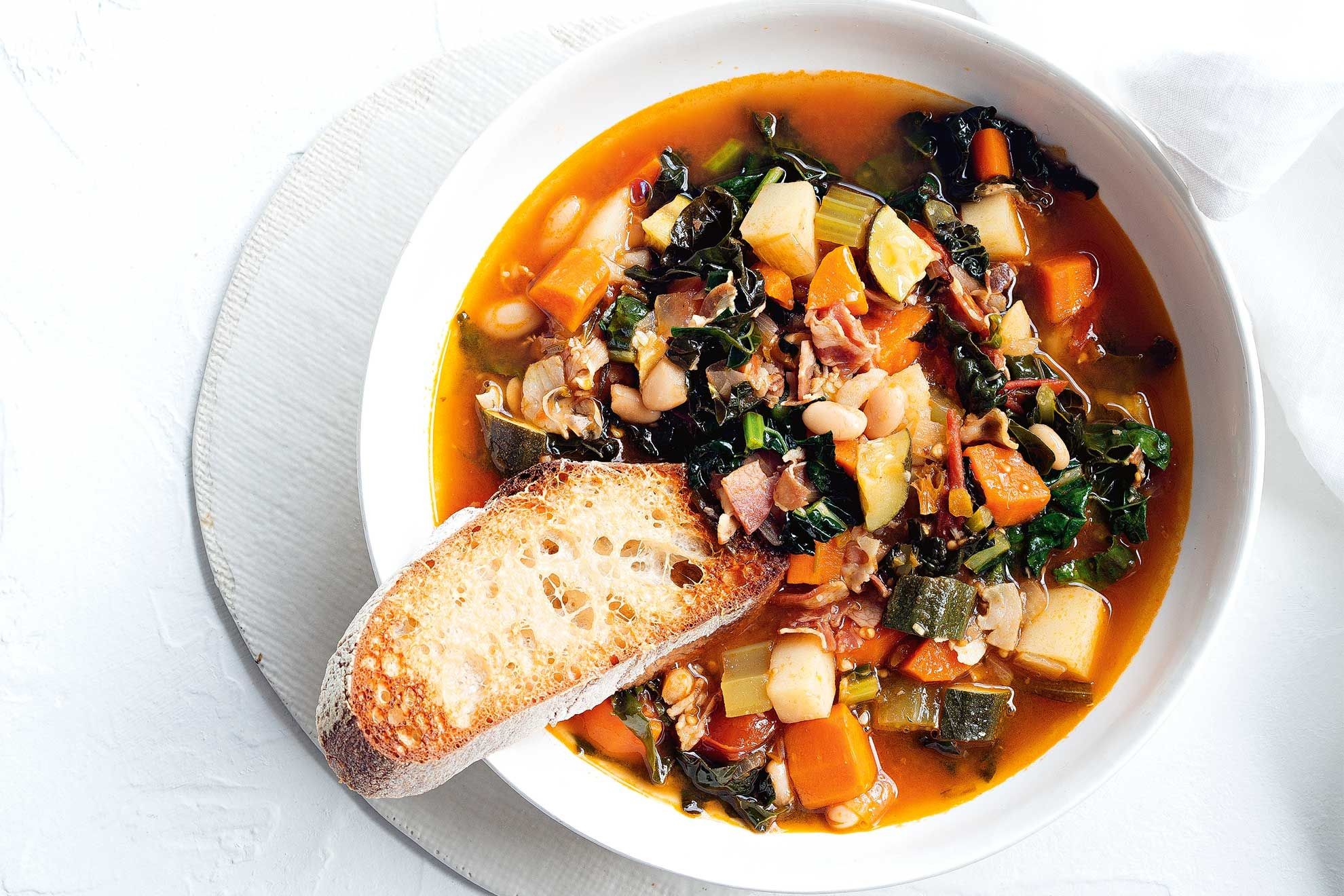 Traditionally considered as cucina povera, or poor man’s food, the ribollita was created by servants who collected unfinished food, such as bread and vegetables, from their masters before boiling these items in water to make a meal. The origin of this dish gives rise to its name, which translates to mean ‘reboiled’ in English.
Traditionally considered as cucina povera, or poor man’s food, the ribollita was created by servants who collected unfinished food, such as bread and vegetables, from their masters before boiling these items in water to make a meal. The origin of this dish gives rise to its name, which translates to mean ‘reboiled’ in English.
Rich and hearty, the ribollita is regarded as one of Tuscany’s most important dishes.
You can try this classic Italian dish with our host Cinzia who serves this dish up right in the heart of Florence.
Saltimbocca
The dish contains thin slices of veal, topped with salty prosciutto and herb leaves. These ingredients, joined together with a toothpick, are sautéed in a pan until the meat is done. Different varieties of meat, such as chicken and mutton are also used for preparing the saltimbocca.
A well-made serving of saltimbocca promises to be a delectable dish melts away in the mouth. Highly popular among locals and travellers in Italy, this savoury delight is certainly not to be missed.
In fact, you can learn how to make this particular dish yourself with our host Alberto while you are in Rome. Complete with a market tour, Alberto will teach you about the beauty of Italian cuisine with a cooking class right in the heart of Rome.
Gelato
 A visit to Italy is not complete without having at least a serving of smooth, creamy gelato. Travelers who are on the hunt for the best versions of this delightful treat should check this article out for insights on where to find the best gelato in Italy.
A visit to Italy is not complete without having at least a serving of smooth, creamy gelato. Travelers who are on the hunt for the best versions of this delightful treat should check this article out for insights on where to find the best gelato in Italy.
Torrone
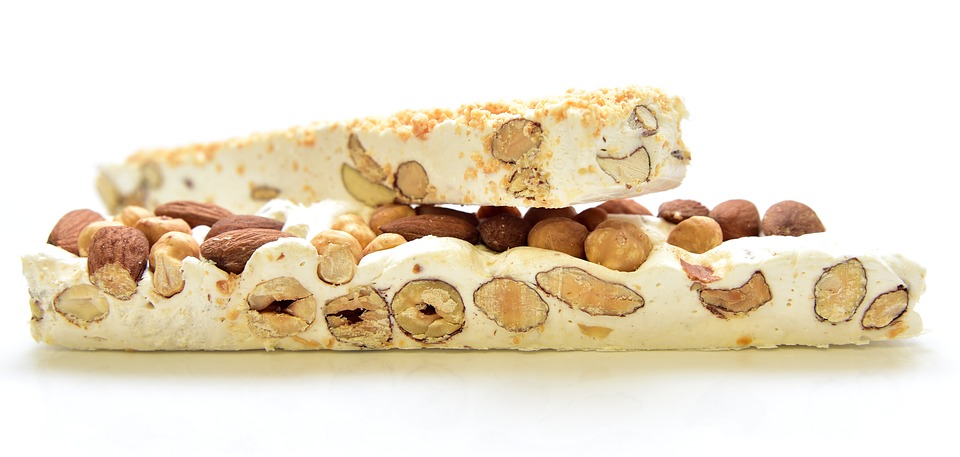 Creamy and sticky, the Torrone is made with ingredients such as honey, egg whites, toasted nuts and citrus zest. Thick slabs of this candy are commonly found in cafes and candy stores throughout Italy.
Creamy and sticky, the Torrone is made with ingredients such as honey, egg whites, toasted nuts and citrus zest. Thick slabs of this candy are commonly found in cafes and candy stores throughout Italy.
We recommend that you try the original version, as it is hard to beat. Those with a preference for decadent treats may want to try a new variety – torrone dipped in rich chocolate!
Tiramisu
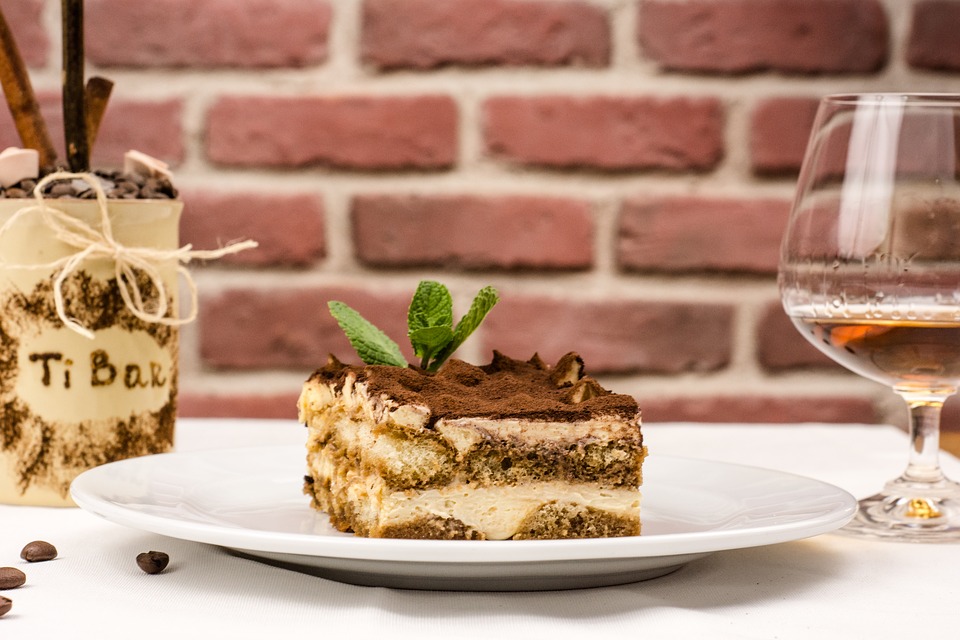 Light and creamy, the tiramisu is a well-known dessert sought-after by locals and travellers alike. Ingredients such as ladyfingers, coffee, eggs, sugar, cocoa and mascarpone cheese required in the preparation of this sweet treat.
Light and creamy, the tiramisu is a well-known dessert sought-after by locals and travellers alike. Ingredients such as ladyfingers, coffee, eggs, sugar, cocoa and mascarpone cheese required in the preparation of this sweet treat.
If you visit Rome, you can also attend Fresh Pasta and Tiramisù Cooking Class to learn how to make home-made Tiramisù.
Creative dessert-makers have given an innovative twist to the traditional recipe of the tiramisu, coming up with varieties such as the fruit tiramisu, chocolate tiramisu, and the intriguing-sounding ch’tiramisu.